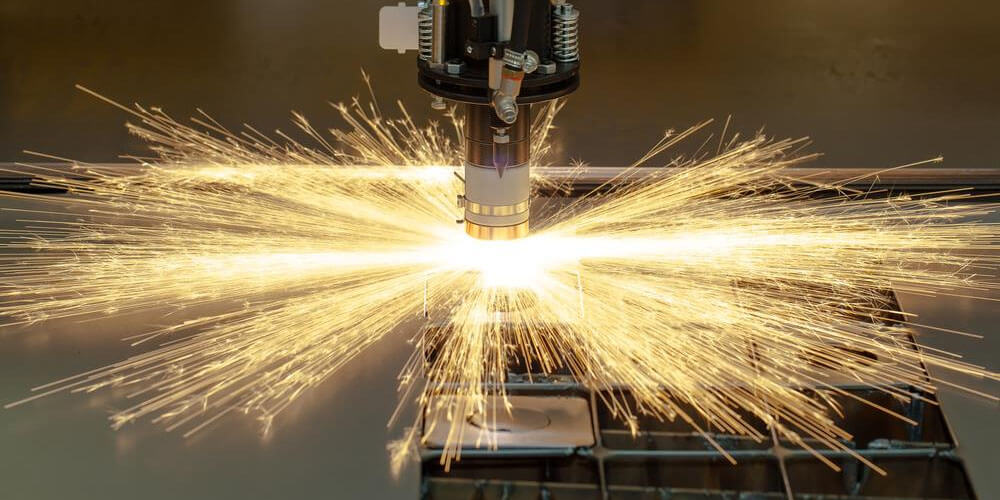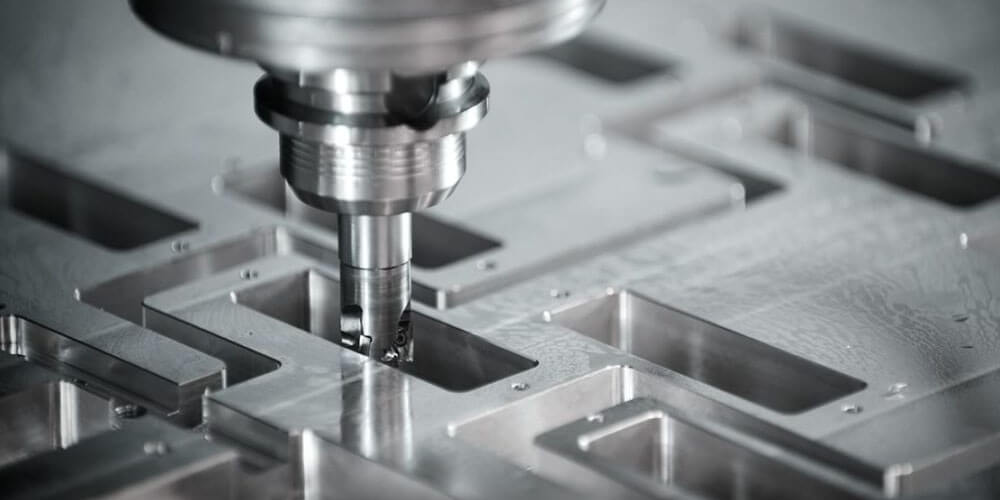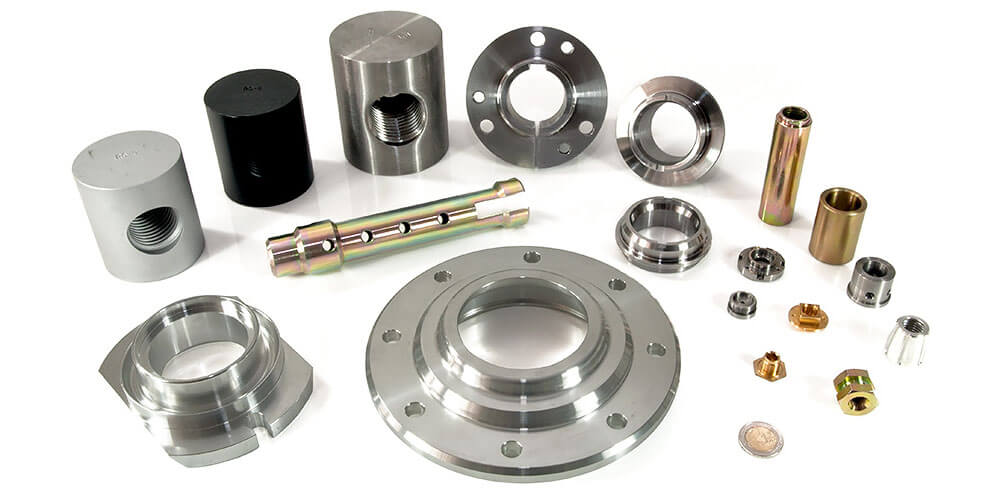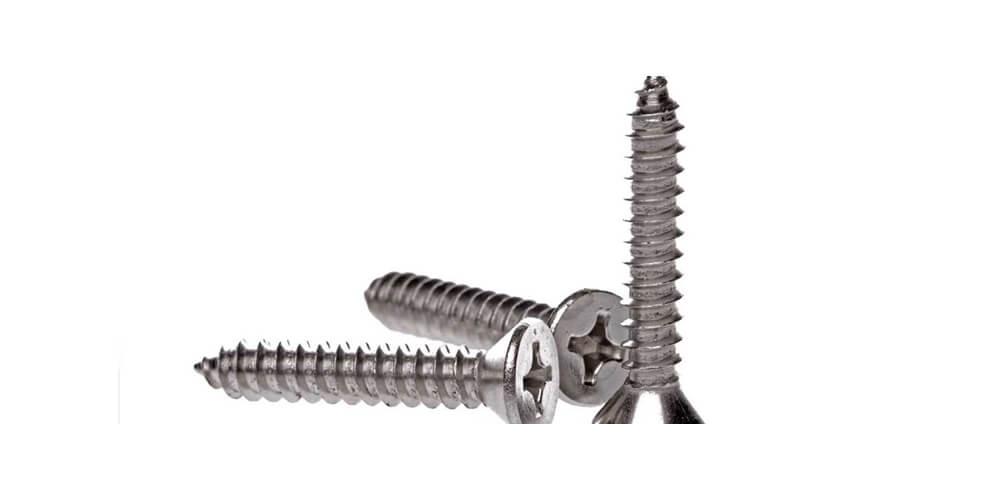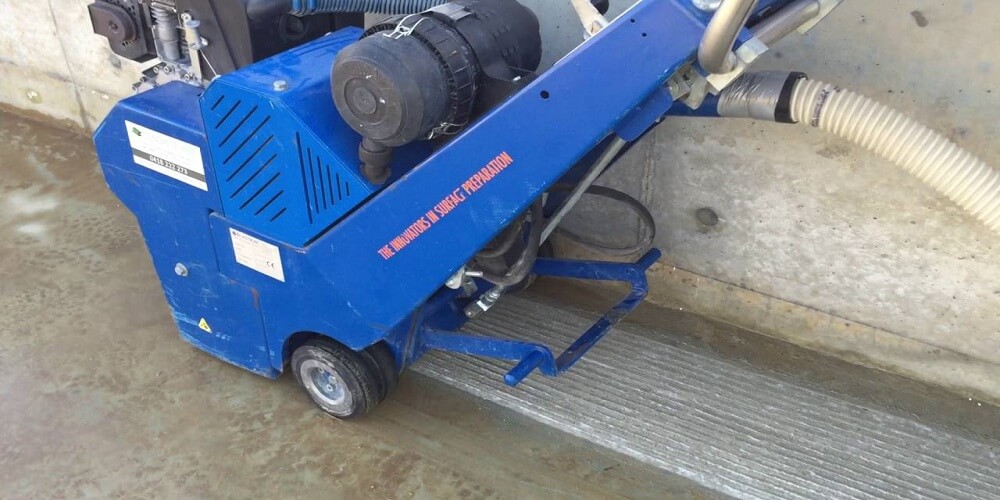The art of metal cutting can get grouped into two-that is mechanical and thermal. Plasma cutting, however, can be categorized into thermal cutting via the famous BaoKun plasma cutting machine. The process uses ionized gas to cut through metal. Besides, this is the most widely used method to cut through sheets or thick metal plates.
Defining Plasma Cutting and Its uses in Various Industries
Plasma is the fourth state of matter from the three commonly known solid, liquids, and gases. Plasma can be found in nature but majorly on the upper part of the earth’s atmosphere. The lighting and high fire temperature are included in the plasma, so are our bodies. Plasma makes 99% of what can be seen in the universe.
Plasma is related to gas since the atoms are not touching each other. Gases can be changed to plasma through high temperatures. The reason why plasma is referred to as ionized gas is that it can flow freely like liquids when put through an electric and magnetic field. A plasma cutter uses electrically conductive gas to conduct energy to conductive material from the power supply resulting in a cleaner cutting process.
Components of Plasma System
Power supply- the supply converts three-phase line voltage to a smooth DV voltage from 200-400VDC. DC voltage helps maintain the plasma during the cut. It can also regulate the output required with the material type or thickness for processing.
a. How Does It Work?
Plasma cutting involves a thermal cutting. This is using heat to melt metal instead of cutting it mechanically.
The plasma cutters use other gases like nitrogen or compressed air. To create plasma, ionization of these gases has to occur.
When the compressed gases contact the electrode, they ionize to build pressure, and plasma is pushed to the cutting front.
Consequently, the cutting tip compresses the flow and creates a flow of plasma. This is put through the workpiece.
Plasma is electrically conductive when the workpiece has been connected through a cutting table from the ground.
Similarly, when plasma comes in contact with the metal, it melts at high temperatures. Eventually, the high-speed gases push off the molten metal.
b. The cutting process
This method requires high voltage and frequency spark. The spark creation occurs when the plasma torch comes in contact with the metal. This process blocks the circuit, which causes a spark, thus creating the plasma.
A pilot arc is a second method. Here, a spark is created in the torch through high voltage and low circuit currents. The spark subsequently creates a pilot arc with tiny amounts of plasma.
Alternatively, using spring-loaded plasma can be used by squeezing the torch on the workpiece to create a short circuit that will enable the current flow. Releasing pressure also establishes a pilot arc.
Final Thoughts
Choosing between the different cutting methods is determined by the materials used. Either the thickness or the application parts used. The best cutting thickness is 15-50mm. Lastly, laser cutting can also be used for thin plates for good quality and speed.
